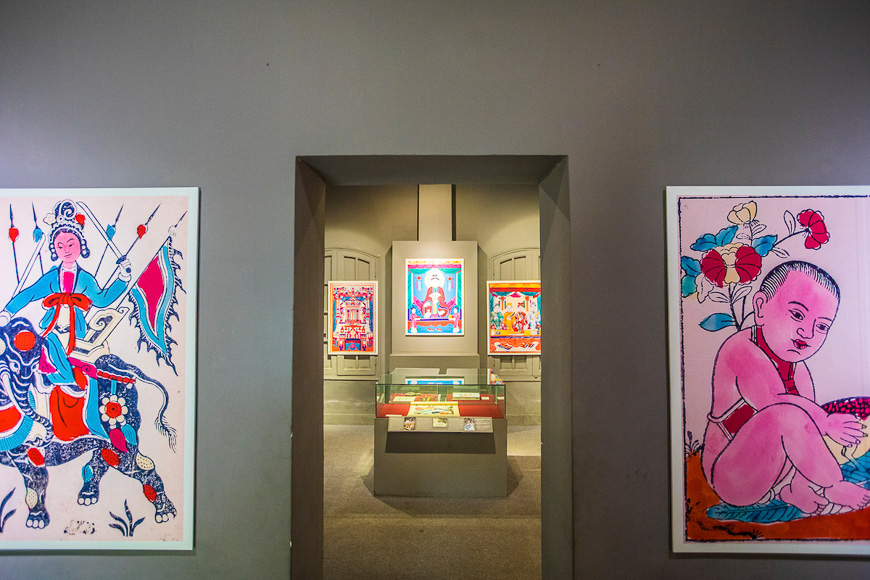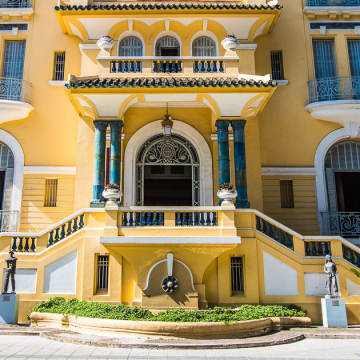In 2002, when Vietnamese archeologists began digging near the North Gate on Hanoi’s Phan Đình Phùng Street, they were looking for more relics from the Nguyễn Dynasty. Instead, they discovered one of Vietnam’s most important historical sites. The relics they unearthed told the story of a succession of dynasties and rulers, each with a highly developed sense of art and distinctive culture. Situated right in the centre of the capital, Thăng Long Citadel is a must-visit spot for history lovers in Hanoi. Here are five fascinating spots to check out at this UNESCO World Heritage Site.
Đoan Môn

From the ticket counter, walk across the grass and flower field to reach Đoan Môn (Main Gate), the official entrance to imperial city. Main Gate’s central archways are topped by a two-story watchtower, which boasts an incredible view of the whole complex, including the Hanoi Flag Tower. Find unearthed tiles from the Lý, Trần, and Lê dynasty stacked on top of each other at the foot of the gate, and see if you can tell them apart.
Stone Dragons of Kính Thiên Palace

Once a venue for the citadel’s most prestigious ceremonies, Kính Thiên Palace now stands at the centre of the site, with only its stone dragon steps and foundation intact. The palace was built by the Lê kings, and received foreign ambassadors, hosted religious festivals before being destroyed by French colonialists. Check out the dragonheads when you’re here for a closer look at early Lê sculptural art.
18 Hoàng Diệu Archaeological Site

In Vietnam’s largest-ever archaeological excavation, the area at 18 Hoàng Diệu Street uncovered thousands of incredible relics from as early as the 7th century. Stone pillars, ancient wells, tiles, roof ornaments, and pottery are found all over the 45,000 square-meter area. Stroll along shaded walkways to admire these priceless artifacts. In the summer, take a break at the lotus pond and snap a few shots with the beautiful blooming flowers.
TIP: Nearby the dig site you’ll find Civie Coffee, an outdoor cafe serving delicious Vietnamese coffee under ancient trees.
Art and Ceramic Exhibits

Your ticket to the Thăng Long Citadel gives you access to some of the most informative art exhibits in the capital. You’ll find exhibits housed in historic buildings behind the main gate. Art lovers and graphic designers will enjoy the exhibit of 50 Vietnamese folk paintings, covering a range of styles from across the country. One exhibit displays the terracotta and clay pieces found during excavations in chronological order. Another showcases fine and delicate ceramics from the Le Dynasty. Take your time to fully appreciate these rare works of ancient art.
D67 House

In 1967, Vietnam’s Ministry of Defense erected its headquarters within the grounds of Thăng Long Citadel to host high-level meetings and provide work stations for military generals in Hanoi. D67 House was a crucial touchbase in the years leading up to Vietnam’s independence. You will find the legendary General Võ Nguyên Giáp’s office here. Head down to the basement to examine top-secret communication tools used during the war.




